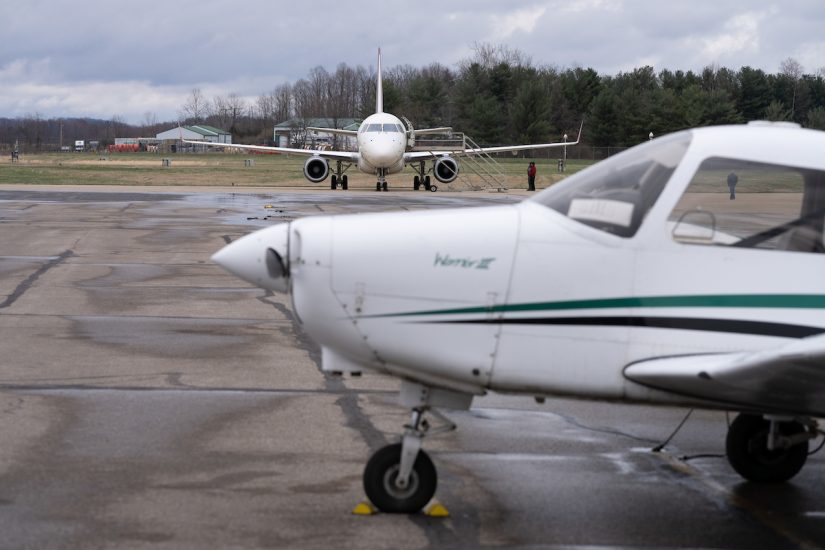Ohio University’s Voinovich School of Leadership and Public Service has received a grant for USD50,000 from the Appalachian Regional Commission (ARC) to help advance and promote innovative air mobility uses in Ohio’s Appalachian Region. OHIO’s Voinovich School of Leadership and Public Service will partner with FlyOhio and JobsOhio to explore Advanced Air Mobility (AAM) opportunities for the region’s business, transportation, medical and logistical needs.
Leading the project from OHIO includes Russ College of Engineering and Technology Associate Professor Jay Wilhelm and Voinovich School of Leadership and Public Service Professor of Rural Economic Development Jason Jolley.
OHIO also matched the grant to help provide funding for the 12-month project and will partner with four local development districts to identify potential AAM applications. The team will engage community stakeholders, conduct research and analysis, and prepare a report to document the strategy.
At the end of the project, researchers from the three organizations will have a documented economic development strategy, including the development of local case studies and a report looking at the way new entrepreneurial activities can be created due to AAM.
The initial stages of research include communicating the state of the technology to key economic developers and local government officials, looking at the economic potential and getting feedback from communities on what their priorities and needs are before implementing the actual technology.
The focus of bringing AAM technology to rural areas like Southeastern Ohio is for a variety of uses such as moving both people and cargo, making deliveries, and perhaps most importantly, for emergency medical services. The AAM technology will open new applications in a way that can help underserved regions and foster economic growth.
Looking specifically at the healthcare industry, populations are spread out across the region but having access to these modes of transportation makes organ donation, blood transfusion supplies, and many more necessary medical care more affordable and efficient. The researchers’ goal for this technology is to fill gaps in the healthcare system, among other fields.
The region already has a significant aviation capability to build upon. According to Lane, there are 27 general aviation airports in the 32 Appalachian counties actively supporting commercial, personal, government, and business use. Capitalizing on next-generation aviation would leverage these airports for new economic and community development beneficial to rural Ohio.
“By using this technology and existing infrastructure, distance can be taken out of the equation as a limitation. This type of technology can shorten people’s commutes, provide them with easier access to urban areas and overall allow more people to participate more readily throughout the region,” Lane said. “This is exceptionally important for those in rural areas of Appalachia who don’t currently have the benefit of working with or in commercial areas more often found in urban settings.”
For more information visit:




